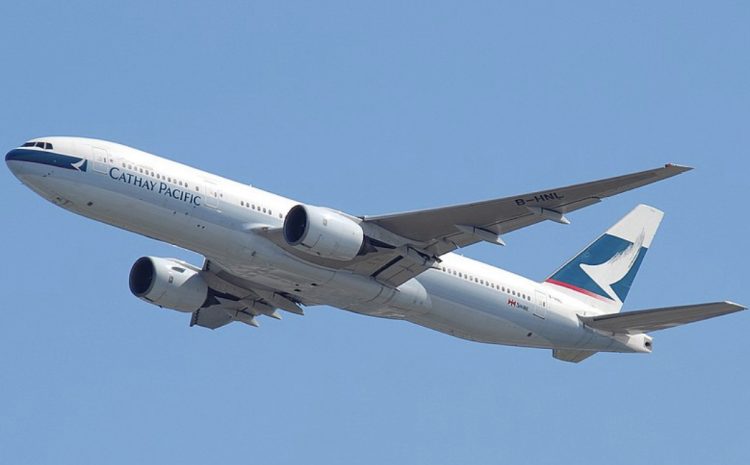Unleashing the Power of the 777 Engine: A Game-Changer

The world’s largest twin-jet airliner, the Boeing 777, has captivated over 60 customers who placed more than 2000 orders, making it the most sought-after wide-body airliner on the market. What fuels its popularity? The answer lies in its three formidable engines, which grant it the exceptional power it requires for its impressive performance.
The Triple Seven’s Mighty Heart
The Boeing 777 demands significant power, and Boeing has risen to the challenge by offering some of the world’s most potent airline engines for this magnificent aircraft. These engines have been the driving force behind the Boeing 777’s soaring success since its first commercial flight in 1995.

General Electric GE90 Family
The General Electric GE90 family of engines was exclusively created for the Boeing 777 by GE Aviation. Until 2020, the GE90 held the title of the largest jet engine ever built. Though its size was eventually surpassed by the GE9X, introduced for the Boeing 777X, its power remained unmatched.
The GE90 achieved pioneering status in engine technology by incorporating composite fan blades, a first in aviation history. These blades, impressively lightweight at less than 50 pounds and over 4 feet in length, boast an aerodynamic design achieved through an epoxy matrix combined with carbon fiber. The GE90-115B engine, an embodiment of extraordinary thrust, recorded a remarkable 127,900 pounds of force in 2002. Such an exceptional feat earned it a place of honor at the Museum of Modern Art in New York.
The Rolls-Royce Trent 800
A classic choice for the Boeing 777 family, the Rolls-Royce Trent 800, took to the skies in 1996. Over the years, it has accumulated 29 million flying hours and 5 million cycles, solidifying its reputation for reliability.
- Intriguingly, the Trent 800 weighs significantly less than its competitors, the GE90 and PW4000, resulting in an 8,000-pound weight reduction for a Boeing 777 equipped with this engine. This advantage allows airlines to carry more payload, enhancing its appeal.
- The Trent 800’s newer EP package contributes to reduced fuel costs, providing savings of up to $200,000 annually for airlines.
Not to be overshadowed, it has earned a place of honor at the Imperial War Museum Duxford in Cambridgeshire and the Rolls-Royce Heritage Trust Collection in England.
The Pratt & Whitney PW4000
Introduced in 1987, the Pratt & Whitney PW4000 is another engine option for the Boeing 777. Despite its age, it has kept pace with the GE90 and Trent 800 models and has seen steady increases in thrust capacity over the years.
The PW4000’s high-trust engine family set new standards with its low emissions and noise levels. Pratt & Whitney’s continuous innovation led to the development of the TALON combustor, further reducing emissions and enhancing fuel efficiency.
Why Are There Different Engine Options?
Selecting the right engines for aircraft is a complex decision. Airlines must consider factors such as flight duration, engine costs, and expected life, as well as the influence of politics and tariffs. Moreover, having multiple engine options mitigates risks for aircraft manufacturers in case of any issues with a particular engine model.
Wrapping Things Up
The Boeing 777’s remarkable performance owes much to its powerful and efficient engines. The General Electric GE90 stands out as the most potent airline engine globally, with its innovative composite fan blade technology. The Rolls-Royce Trent 800 has claimed a significant share of the Boeing 777 market, thanks in part to its lightweight construction. It has also been praised for its low emissions and noise levels.
Meanwhile, the Pratt & Whitney PW4000, although older, has kept pace with its competitors and earned accolades for its reliability and fuel economy. Looking ahead, the Boeing 777X series is powered exclusively by the cutting-edge General Electric GE9X, promising even greater efficiency and performance for the future.